Santa Maria Seasoning Recipe: The Secret Behind California’s Iconic BBQ Flavor
Are you ready to unlock the bold, smoky magic behind one of California's most celebrated flavor profiles? The Santa Maria seasoning recipe is more than just a spice blend—it's a cultural icon. Whether you're a backyard grill master or a professional pitmaster, mastering this rub opens the door to mouthwatering tri-tip steaks and slow-smoked delights. In this article, we’ll explore the origins, ingredients, variations, and best practices for making and using your own Santa Maria seasoning at home.
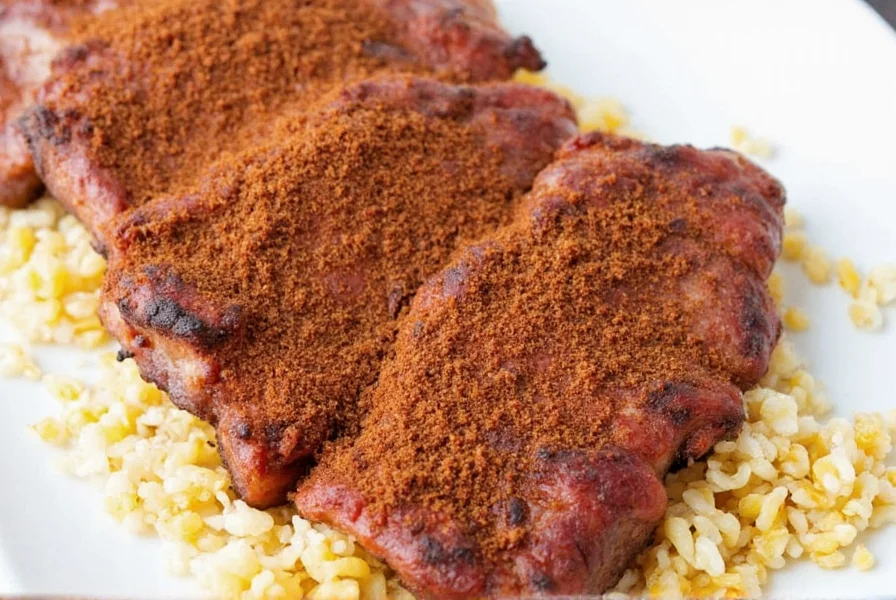
Table of Contents
- The Roots of Santa Maria Style BBQ
- Key Ingredients in a Traditional Blend
- How to Make Your Own Santa Maria Seasoning at Home
- Creative Ways to Use This Signature Rub
- Buying Guide: Best Pre-Made Santa Maria Seasonings
- Pro Tips for Storing and Using the Seasoning
- Frequently Asked Questions
- Final Thoughts: Why Every Grill Enthusiast Needs This Rub
The Roots of Santa Maria Style BBQ
Santa Maria style BBQ originated in the Central Coast of California, particularly around the town of Santa Maria. Known for its rustic, open-fire cooking style, this regional barbecue tradition revolves around hardwood-grilled meats, especially tri-tip steak.
The story goes back to the early 19th century when Mexican vaqueros (cowboys) cooked beef over red oak fires. Over time, local ranchers adopted the technique and refined it into what we now know as Santa Maria BBQ—a perfect marriage of simplicity and bold flavor.
Key Ingredients in a Traditional Santa Maria Seasoning
The true beauty of the Santa Maria seasoning lies in its simplicity. It’s not an overpowering spice mix; rather, it enhances the natural flavors of the meat without masking them. Let’s break down the essential components:
- Paprika – Adds color and a mild, sweet warmth.
- Black Pepper – Brings heat and depth.
- Garlic Powder – For aromatic richness.
- Onion Powder – Balances the savory notes.
- Mustard Powder – Helps create a crust (bark) on the meat.
- Thyme or Oregano – Adds earthy complexity.
- Salt – Enhances overall flavor and draws out moisture.
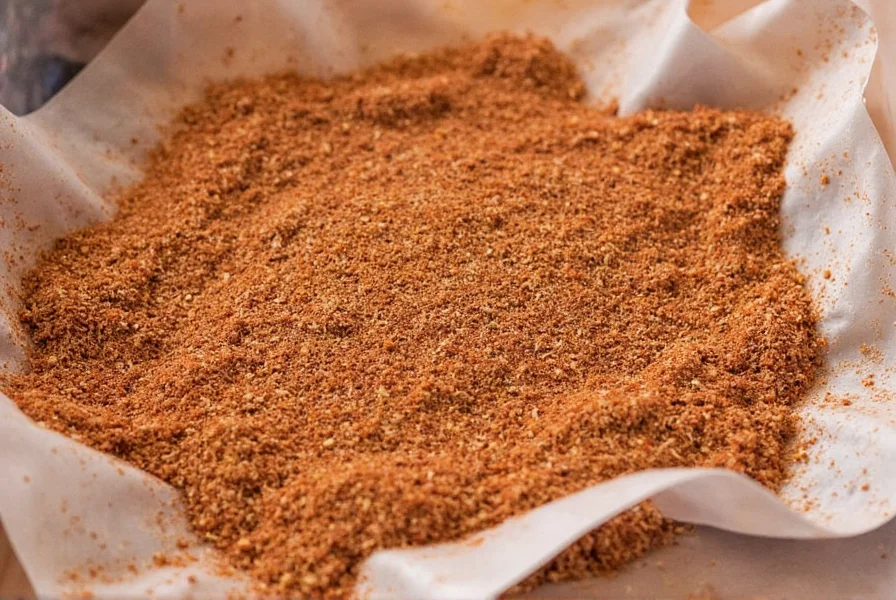
How to Make Your Own Santa Maria Seasoning at Home
Making your own Santa Maria seasoning is simple, cost-effective, and allows for customization based on personal taste. Here's a basic recipe to get you started:
Classic Santa Maria Seasoning Recipe (Makes about 1 cup)
- 2 tbsp paprika
- 1 tbsp freshly ground black pepper
- 1 tbsp garlic powder
- 1 tbsp onion powder
- 1 tbsp mustard powder
- 1 tsp dried thyme (or oregano)
- 1 tbsp kosher salt
Steps:
- Combine all ingredients in a small mixing bowl.
- Whisk thoroughly until evenly mixed.
- Store in an airtight container away from light and moisture.
Variations to Try:
- Add a pinch of cayenne for extra heat.
- Swap thyme for rosemary for a bolder herbal note.
- Mix in a bit of brown sugar for a subtle sweetness.
| Ingredient | Traditional Use | Flavor Contribution |
|---|---|---|
| Paprika | Color & base warmth | Sweet, slightly smoky |
| Black Pepper | Heat & bite | Earthy, sharp |
| Garlic Powder | Aromatic base | Pungent, umami-rich |
| Mustard Powder | Crust formation | Tangy, spicy |
| Oregano/Thyme | Herbal depth | Earthy, floral |
Creative Ways to Use This Signature Rub
While traditionally used for tri-tip steak, Santa Maria seasoning can be applied to a variety of proteins and even plant-based dishes! Here are some versatile uses:
- Beef Tri-Tip – Classic use; season generously before grilling low and slow.
- Chicken Thighs – Great for smoked or grilled chicken with deep flavor.
- Pork Chops – Adds a smoky-savory layer that pairs well with apple glaze.
- Vegetable Skewers – Dust over portobello mushrooms, bell peppers, and zucchini for a smoky twist.
- Popcorn or Fries – A sprinkle adds a unique barbecue kick to snacks!
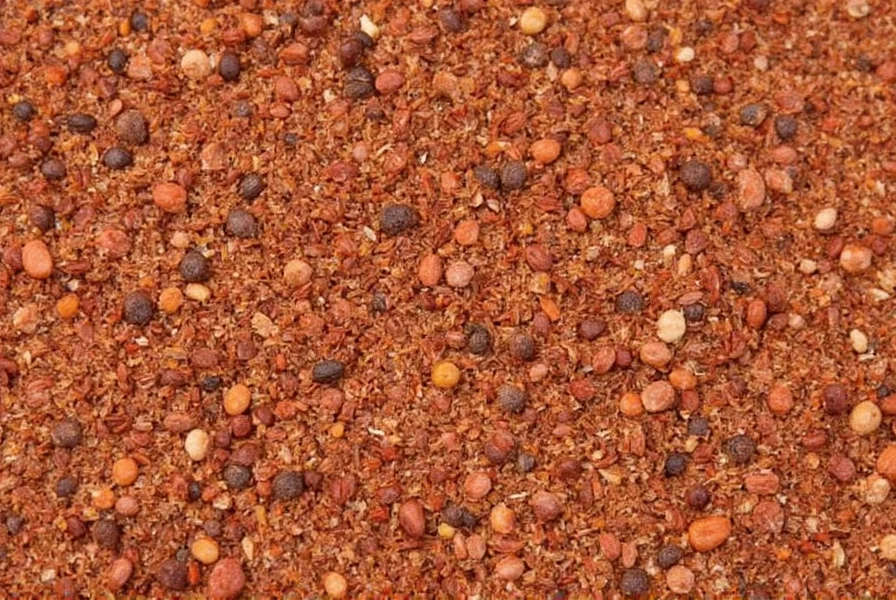
Buying Guide: Best Pre-Made Santa Maria Seasonings
If you prefer convenience over DIY, there are several high-quality store-bought options available. Here’s a breakdown of top-rated brands, their features, and ideal usage scenarios:
| Brand | Features | Best For | Price Range |
|---|---|---|---|
| Rub Me Up BBQ Santa Maria Blend | Bold, balanced flavor with organic ingredients | Tri-tip, brisket, and burgers | $$$ |
| Weber Santa Maria Seasoning | Mild but flavorful; perfect for beginners | Weeknight grilling, casual BBQ | $$ |
| McCormick Gourmet Santa Maria Rub | Easily found in supermarkets; reliable consistency | Everyday use, family meals | $ |
| Cajun Contessa Santa Maria Rub | Infused with slight Cajun flair for adventurous eaters | Fish, veggies, and fusion recipes | $$ |
| Smokehouse Artisan Blends – Santa Maria | Artisan quality with premium packaging | Gifts, parties, special occasions | $$$ |
What to Look For When Buying:
- Natural ingredients: No artificial fillers or preservatives.
- Freshness: Check expiration dates; spices lose potency over time.
- Balanced profile: Should have both smokiness and herbaceous depth.
- Grind size: Fine enough for even coating but not dusty.
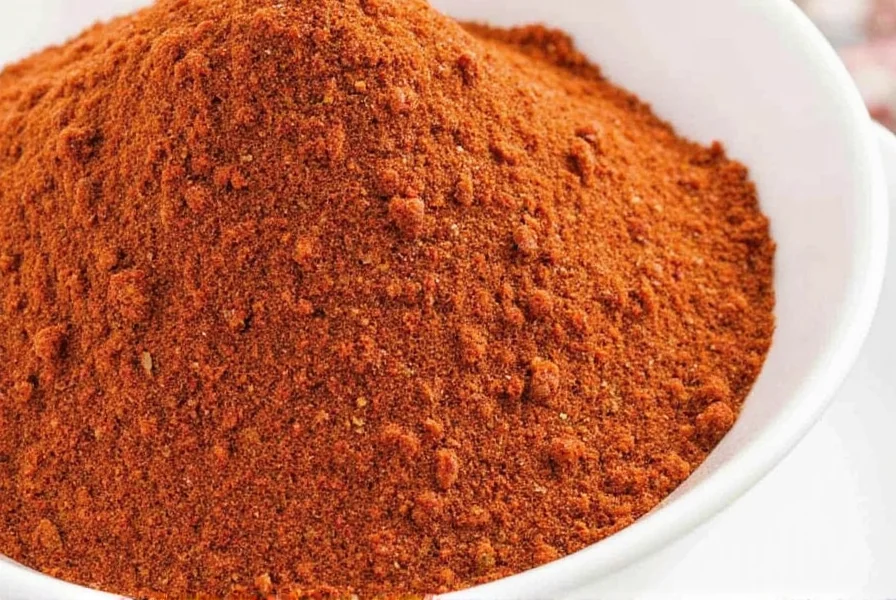
Pro Tips for Storing and Using the Seasoning
To keep your homemade or store-bought Santa Maria seasoning fresh and potent, follow these storage and usage tips:
- Airtight containers: Store in glass jars or shakers to prevent moisture absorption.
- Cool, dark place: Keep away from heat sources like stoves or sunlight to preserve flavor.
- Use within 6 months: Spices lose potency after six months, especially blends with herbs.
- Apply generously: Don’t skimp—season meat liberally for optimal crust and flavor development.
- Let it rest: Allow seasoned meat to sit for 30 minutes before cooking to let flavors penetrate.
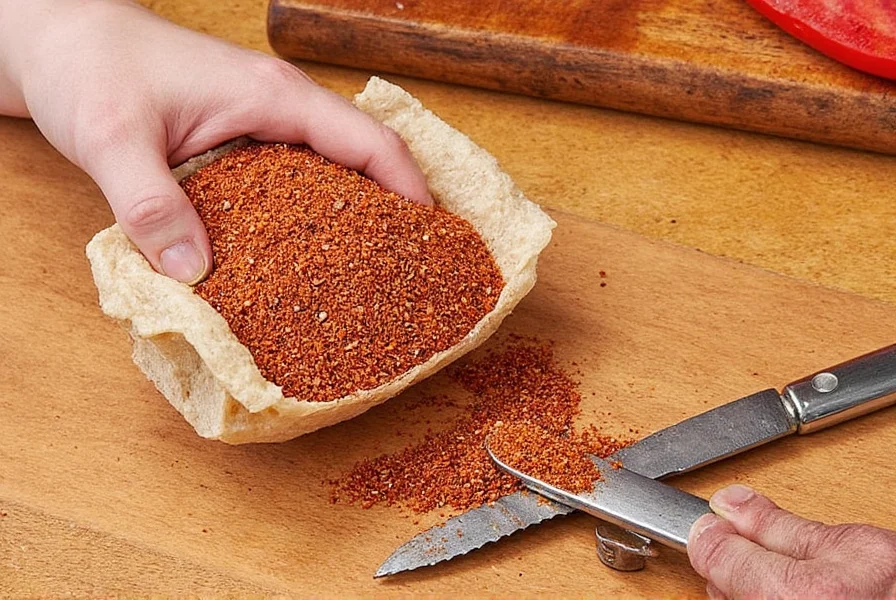
Frequently Asked Questions
Can I use Santa Maria seasoning on pork?
Absolutely! Pork chops or shoulder benefit from the earthy and smoky undertones. Just watch the fat content—you might want to reduce salt slightly if the cut is already rich.
Is Santa Maria seasoning the same as BBQ rub?
Not quite. While both are rubs, Santa Maria seasoning is less sweet and doesn't typically contain brown sugar or molasses. It focuses more on savory, herb-forward flavors.
Can I make a low-sodium version?
Yes! Simply reduce or omit the salt and increase other aromatics like garlic or onion powder to maintain flavor balance.
Can I add liquid ingredients to make a paste?
Definitely! Mixing the dry rub with olive oil, Worcestershire sauce, or lime juice creates a marinade-style paste that clings better to the meat and enhances bark formation.
Final Thoughts: Why Every Grill Enthusiast Needs This Rub
Santa Maria seasoning isn’t just another spice blend—it’s a celebration of California's barbecue culture and a testament to how a few humble ingredients can transform a piece of meat into something unforgettable.
Whether you're grilling up a quick dinner for two or hosting a backyard cookout, this blend deserves a permanent spot in your spice arsenal. Now that you’ve got the recipe, tools, and inspiration, fire up the grill and let the aroma do the talking!
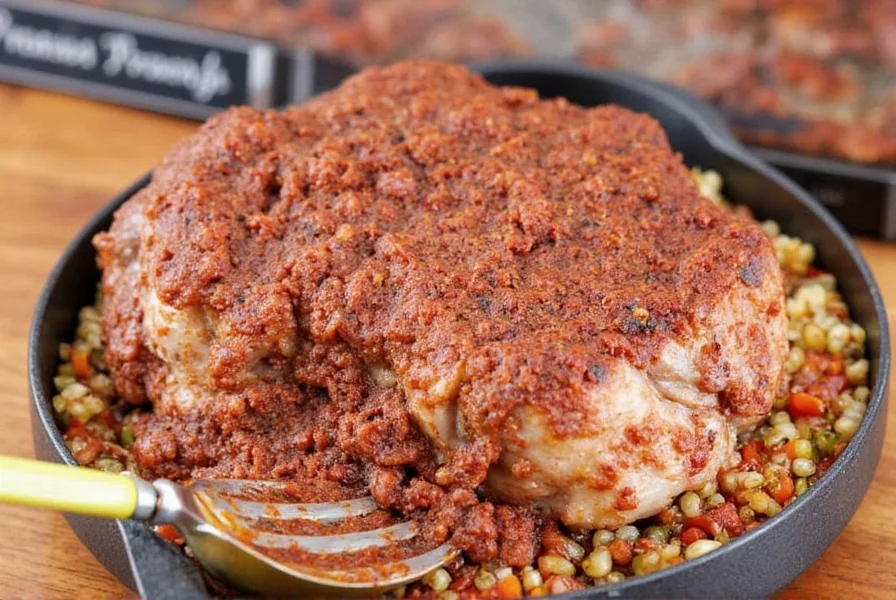










 浙公网安备
33010002000092号
浙公网安备
33010002000092号 浙B2-20120091-4
浙B2-20120091-4